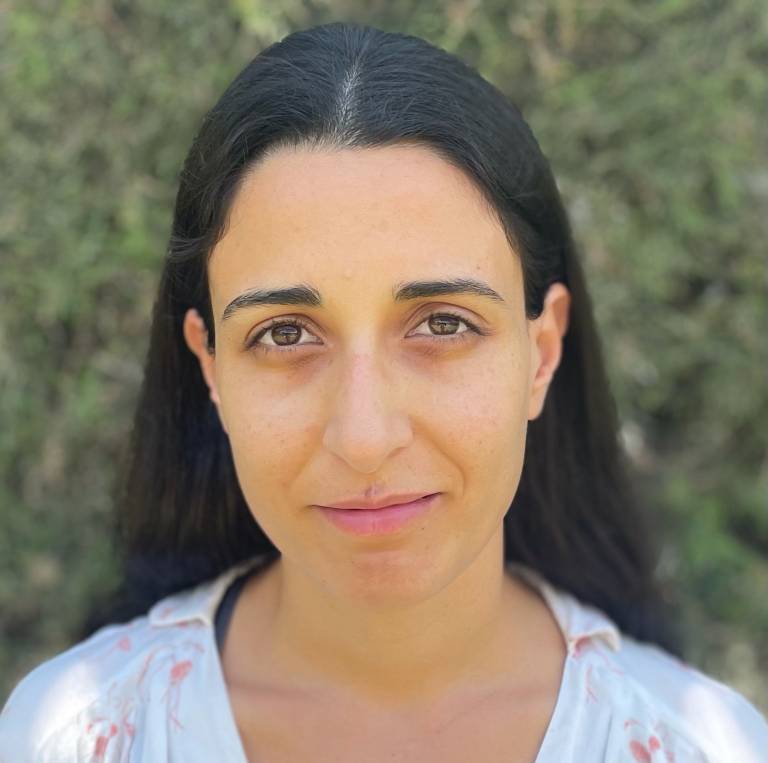IPLS/BioP Seminar: Dr. Zena Hadjivasiliou (Francis Crick Institute)
24 November 2021, 11:00 am–12:00 pm

Title: Control of size and patterns across biological scales
Event Information
Open to
- All
Organiser
-
IPLS
Location
-
2nd Floor Seminar Room (2.30), LMCBMRC BuildingGower StreetLondonWC1E 6BT
Abstract: The tree of life comprises an enormous diversity in size and morphological organization. This points to the capacity of conserved molecules and machineries to control patterning and growth in different biological contexts, transcending length- and timescales. In this talk I will first focus on the process of development whereby a single cell transforms into an elaborate and reproducible body plan. Morphogens are secreted molecules that control growth and patterning during development. They form spatial concentration gradients and patterns emerge when cells activate target genes as a function of the morphogen concentration they sense. Morphogen gradients often scale to remain proportional to the size of growing organs. Here, I will discuss the physical mechanisms enabling this scaling at the cell and molecular level by focusing on the morphogen Dpp in the fly wing. I will show that control of events at the molecular level, like binding and unbinding to the cell membrane and recycling underlie the expansion of the Dpp morphogen as the wing disc grows and will discuss the implications of this finding for evolution. For the second part of the talk, I will shift my focus to the cellular and subcellular levels to discuss how mechanisms that specify the size of cellular processes may have evolved. Actin and microtubule filaments often underlie the organization and size of cellular processes such as protrusions or stereocilia. These are dynamical structures that have a well-defined length and are continuously renewed by treadmilling: filaments grow at one end and shrink at the other. In principle, treadmilling can ensure a robust and stable filament length, but it requires a length dependent depolymerization rate at the minus end. I will show that the complex conditions required for treadmilling dynamics can emerge as a direct consequence of selection for a stereotypical filament size. Thus, a seemingly elaborate machinery, such as treadmilling, can in principle evolve as a response for selection for a single physical feature, such as size.
Host: Yanlan Mao
The seminar will be hybrid- both in the LMCB Seminar Room and online. Please contact Jas Gill-Thind (j.gill-thind@ucl.ac.uk) if you do not already have the details to join the Zoom meeting.
For best functionality please ensure when you join the call you turn off your webcam and mute your microphone, to save bandwidth. If you have a question, please use the meeting Chat panel to let the host know, then switch on your camera and microphone on to ask the question when prompted.
About the Speaker
Dr. Zena Hadjivasiliou
at Fracis Crick Institute
More about Dr. Zena Hadjivasiliou Close
Close

